Because it’s always interesting to know a little about a country before you live there for a while, I’d like to introduce you to Malaysia 😊
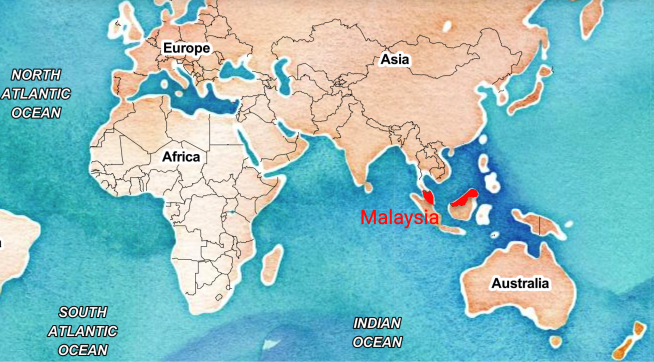

The name of the country, Melayu in Malay
The initial name of Malaysia was “Malaya,” which was the English name for Tanah Melayu (Malay Land) and represented the Malay Peninsula. Malaya gained its independence from the United Kingdom in 1957.
In 1963 when the English declared Sabah, Sarawak (2 states north of Borneo), and Singapore independent, the three states joined Malaya. The name of the country became “Malaysia,” the “SI” representing the inclusion of these three states.
It should be noted that Singapore is not part of Malaysia anymore since 1965.
Currency
The currency is the Ringgit (MYR). $1 = 4.37 MYR (2020)
Population and religions in Malaysia
Malaysia has about 32 million inhabitants of different origins. Malays 45.9%, Chinese 43.2%, Indians 10.3% for the most represented.
The official religion of the country is Islam, with 61.3% of Muslims. The other religions with the most important presence are Buddhism (19.8%), Christianity (9.2%), and Hinduism (6.3%).
Political regime in Malaysia
It is a constitutional federal monarchy.
The country comprises 9 hereditary sultanates, 4 non-monarchical states, and the two federal territories of Kuala Lumpur and Putrajaya.
The king is elected every five years. He must still come from one of the 9 royal families at the head of the 9 sultanates and is elected by the sultans and himself unless he votes for someone else. 😁He then chooses his Prime Minister, who chooses his government.
The economy in Malaysia
The country is the third richest country in Southeast Asia after Singapore and Brunei, and is part of the newly industrialised countries.
Export products
Its main export products are hydrocarbons, rubber and palm oil, of which it is the world’s largest exporter. The largest producer remains Indonesia.
Industry
The main sectors are electronics, automotive and construction.
Tourism
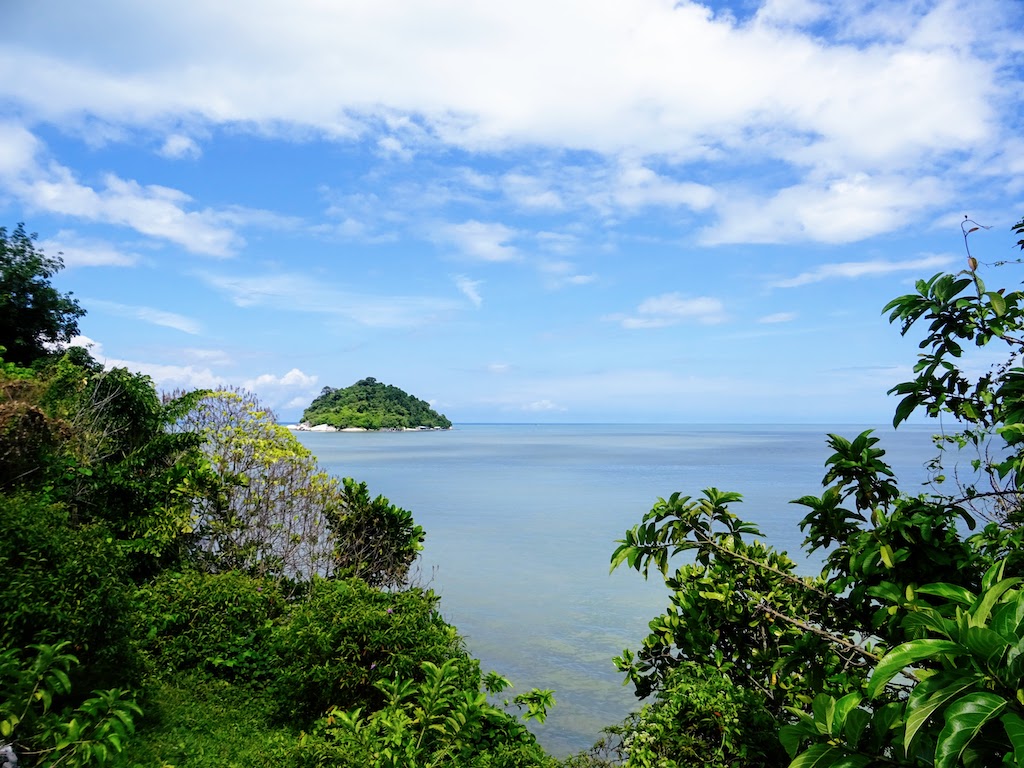

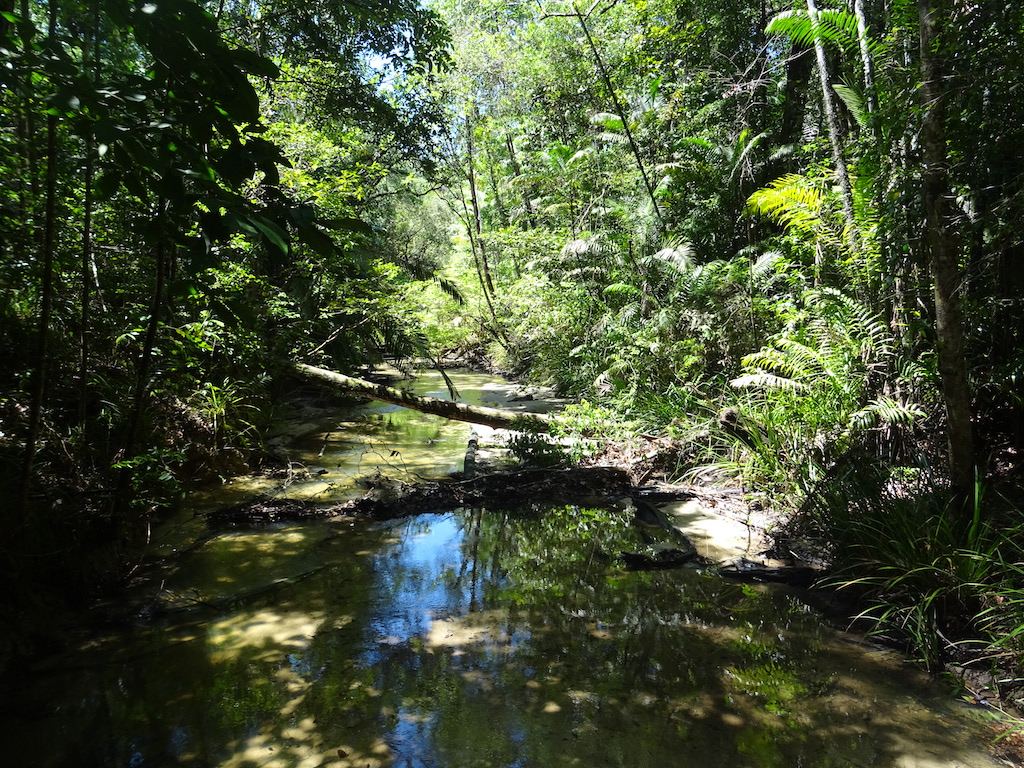

Tourism is Malaysia’s third largest source of income. One of the growing sectors is medical tourism, thanks to a good health system and the state’s encouragement to set up private clinics in the form of tax deductions for investment.
Malaysia is growing. Kuala Lumpur grows quickly as well. Buildings, roads, infrastructures… The shopping malls are huge, luxurious, as in many Asian countries, but the traditional small shops have remained the same.
Living standards (Figures in 2020)
The average salary is around Rm 3,000 or $720.
- The overall cost of living compared to the US is 49.08% lower.
- Apartment rental: – 74.88%
- Restaurant: – 70.38%
- Groceries: – 47.70%
Prices of tourist attractions, tours, museums, beach sports… are also very cheap. This makes it possible to really enjoy yourself.
The flag of Malaysia
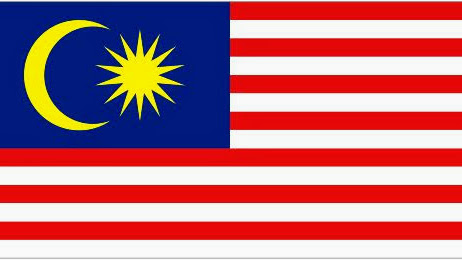

- The 14 red and white horizontal stripes of equal width represent the equal status in the federation of the 13 states and the federal territories.
- A 14-point star known as Bintang Persekutuan (Federal Star).
- The crescent represents Islam, the state religion of the country.
- The blue background symbolizes the unity of the Malaysian people.
- The yellow color of the star and crescent represents the monarchy of the country.
At the origin of the creation of the flag and the star in 1963, the number fourteen represented the first fourteen states of Malaysia, including Singapore. They were not changed when Singapore left the Federation in 1965, but it was recognized that the 14th point and the 14th band represent the Federal Territories.
Malaysia’s coat of arms
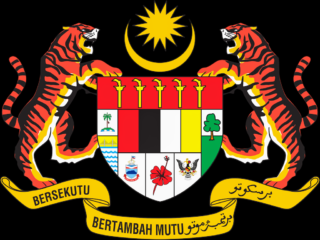

- The coat of arms consists of a shield guarded by two rampant tigers, which symbolize strength and courage.
Small culture moment 😊: Animals are called RAMPANT when they appear upright on their hind legs and having their upper body raised towards the leader.
- The shield is topped by a ridge composed of the yellow crescent and the 14-pointed federal star.
- In the shield in the form of a crest, the unified states under the Malaysian federation are represented.
- On the top:
- Five krises (Malaysian daggers) on a red background, represent the five former unrepresented Malay states, Johore, Terengganu, Kelantan, Kedah and Perlis.
- From left to right, and from top to bottom:
- The state of Penang, represented by Penang island’s bridge.
- The 4 colors of the Malay state.
- The state of Mallaca, represented by the mallaca tree.
- The state of Sabah.
- A hibiscus, Malaysia’s national flower.
- The state of Serawak.
- On the top:
- At the bottom of the crest is the country’s motto.
- “Bersekutu Bertambah Mutu” which means “Unity is strength”
The capital of Malaysia
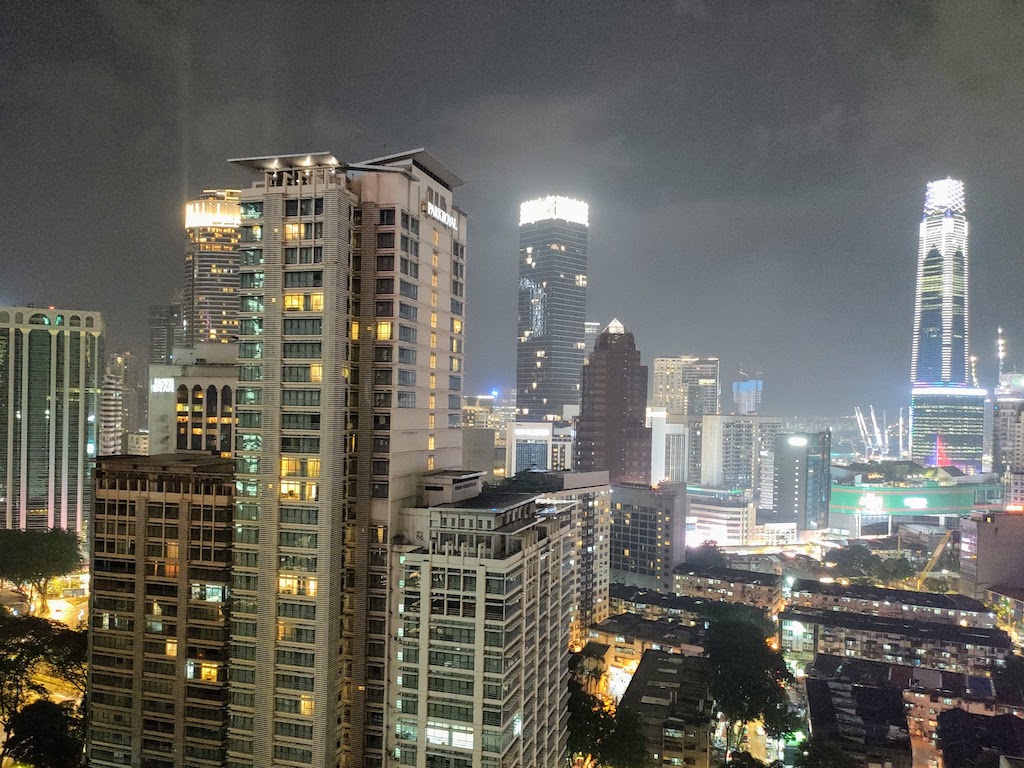

The capital is Kuala Lumpur with 7,780,301 inhabitants, or KL for short. 😃The abbreviation is more used than the full name of the city. And it took me a few days to realize that all the KL on the posters meant Kuala Lumpur 😊And note that the administrative capital is Putrajaya, a suburb of KL.
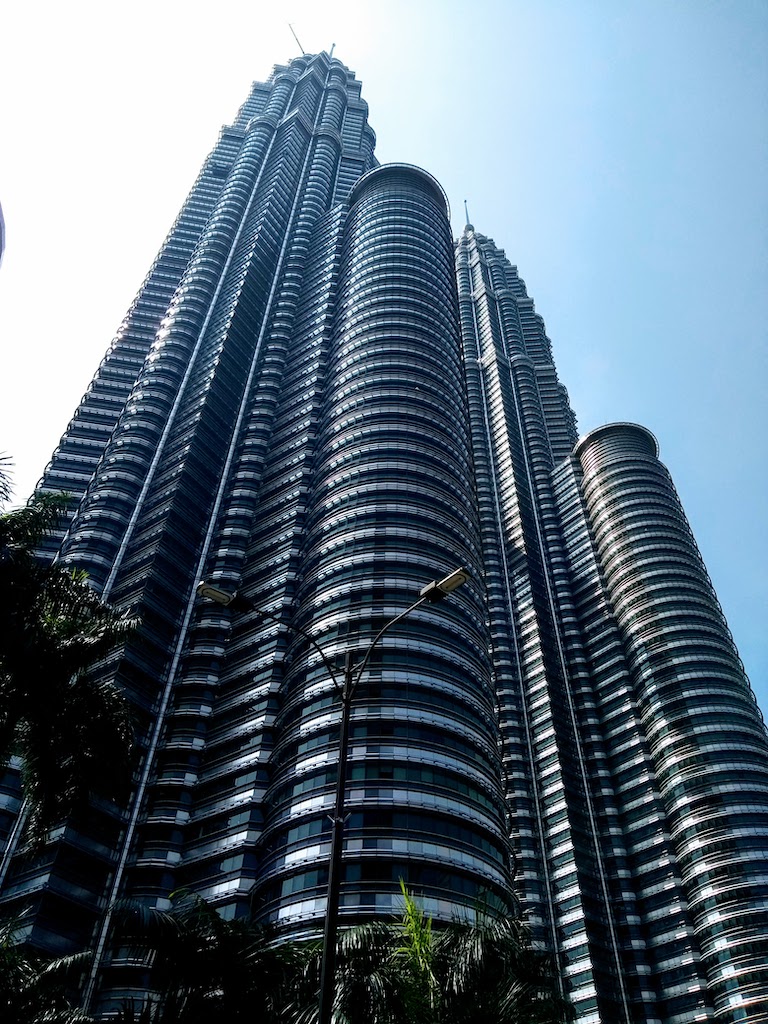

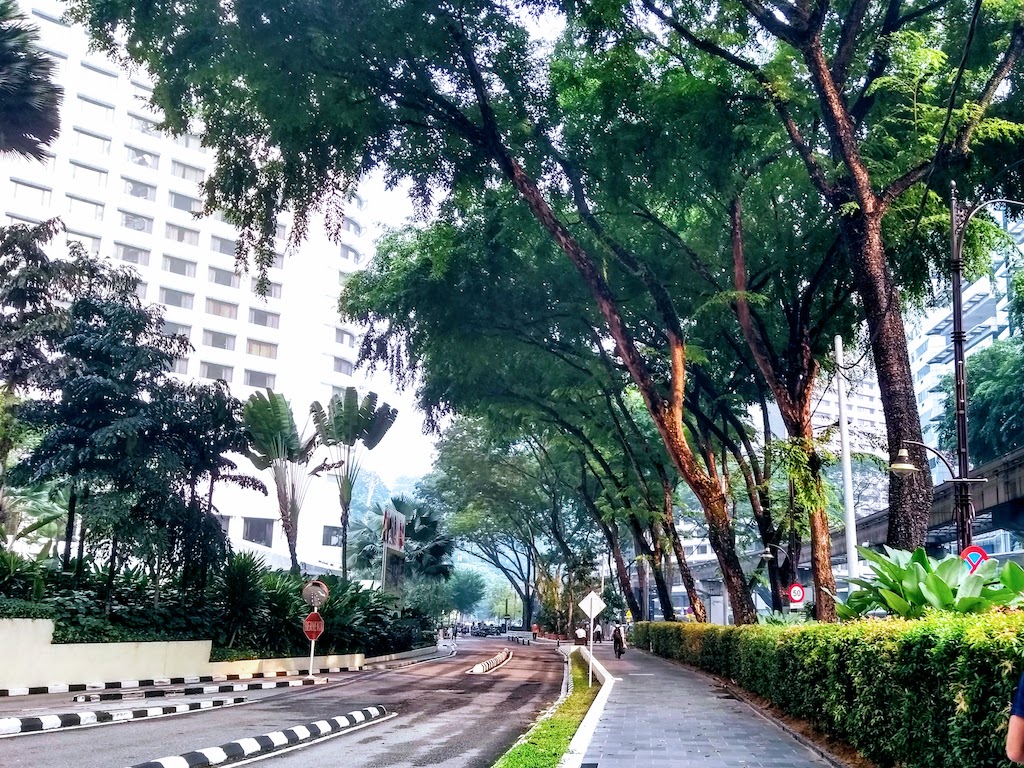

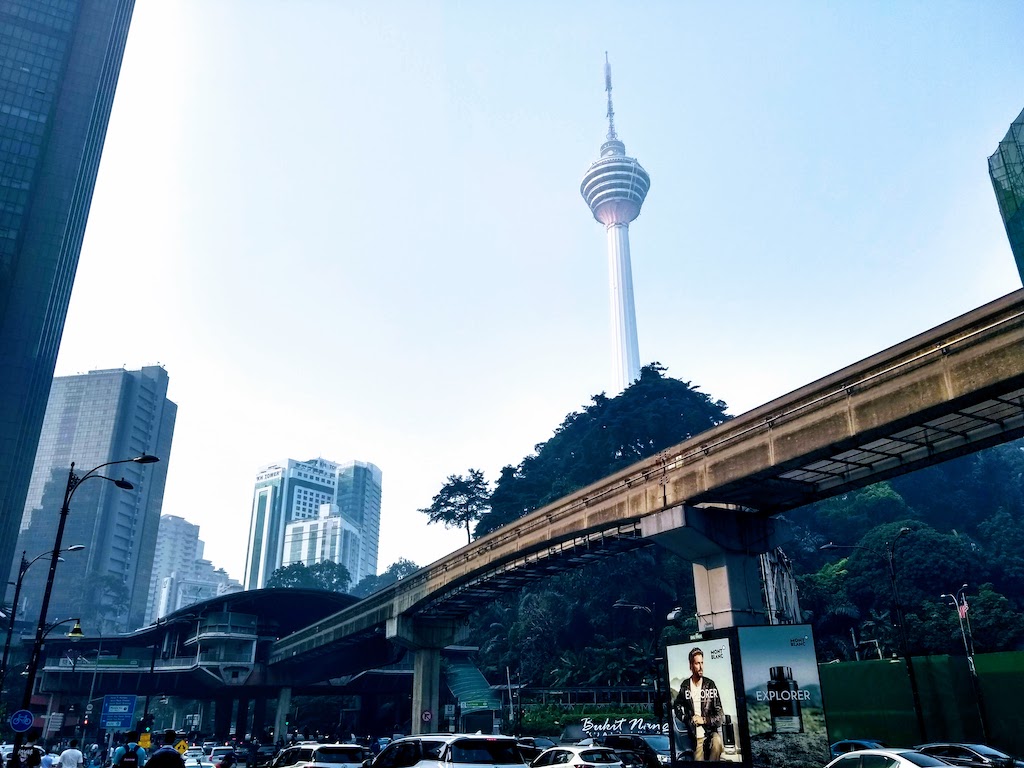

The climate in Malaysia
Malaysia has an equatorial climate: constant heat and humidity. This translates into temperatures that vary between 26 and 28 degrees throughout the year. In the Highlands, the mountains, it can be cooler, but never below 16 degrees at night.
Humidity fluctuates around 80% throughout the year. And yes, it requires a little time to adapt 🤣
There are 2 rainy seasons:
– On the East Coast between mid-October and late March. It’s better to avoid going there at this time as a lot of shops or resorts close.
– On the west coast between May and October.
But it doesn’t rain all day. These are very heavy showers that can last up to 2 hours. Knowing that outside of these periods, it is not uncommon to have short showers.
So rule number 1, always have your umbrella with you, even when the sun shines. The weather can change in 5 minutes. And a little sweater, because of the air conditioning in the buildings which is always very low.
September is to be avoided at all costs because of the “Haze”. It is a fog that has been returning every year for more than 20 years during the dry season and is due to fire clearing and therefore forest fires in Sumatra in Indonesia. This haze is really harmful, and the pollution rate of the city becomes very important. It is strongly discouraged to go out, you have to wear a mask and vulnerable people can really be affected. In addition, fog reduces visibility. We stayed for two weeks without seeing the color of the sky.
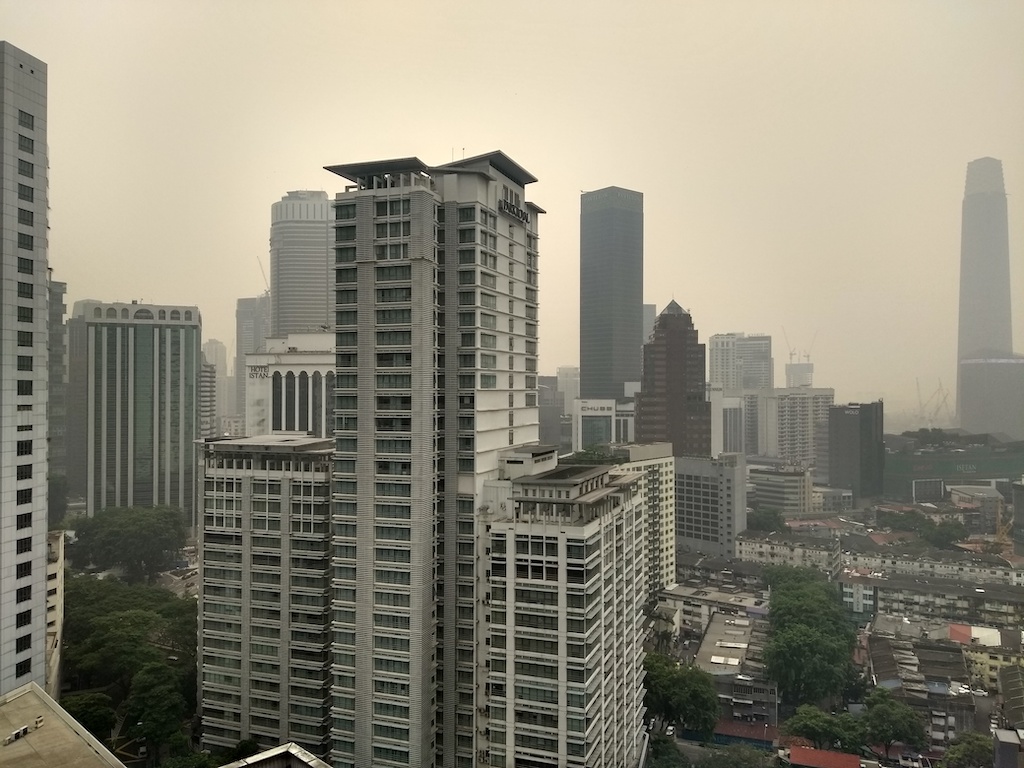

The traditional Malaysian dish
Due to the country’s diverse population, the cuisine is a mixture of Chinese, Indian and Malaysian cuisines.
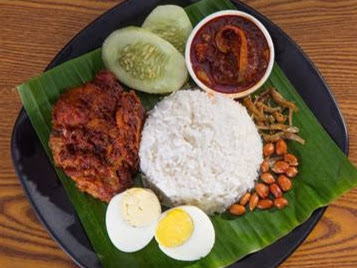

The traditional dish is Nasi Lemak. It is mostly eaten at breakfast, but as it can be accommodated in different ways, it is served and enjoyed at all meals.
The most traditional version is Sambal, anchovies, peanuts, a hard-boiled egg and rice, the main ingredient.
Sambal is a sauce or paste made from a mixture of a variety of chillies mixed with shrimp paste, garlic, ginger, shallots, palm sugar and lemon juice.
The peculiarity of the rice is that it is cooked in coconut milk and perfumed with a pandan leaf.
The dish is served on banana leaves, which adds another fragrance to the dish.
To conclude
Malaysia is a very warm country. Hospitality is part of their culture, and they always make you feel welcome. Several times in the street people asked us where we were going. “Where are you going?” Surprising and curious at first. But we learned that it was just their way of asking if we were fine, and that in fact they were not waiting for an answer 😊
